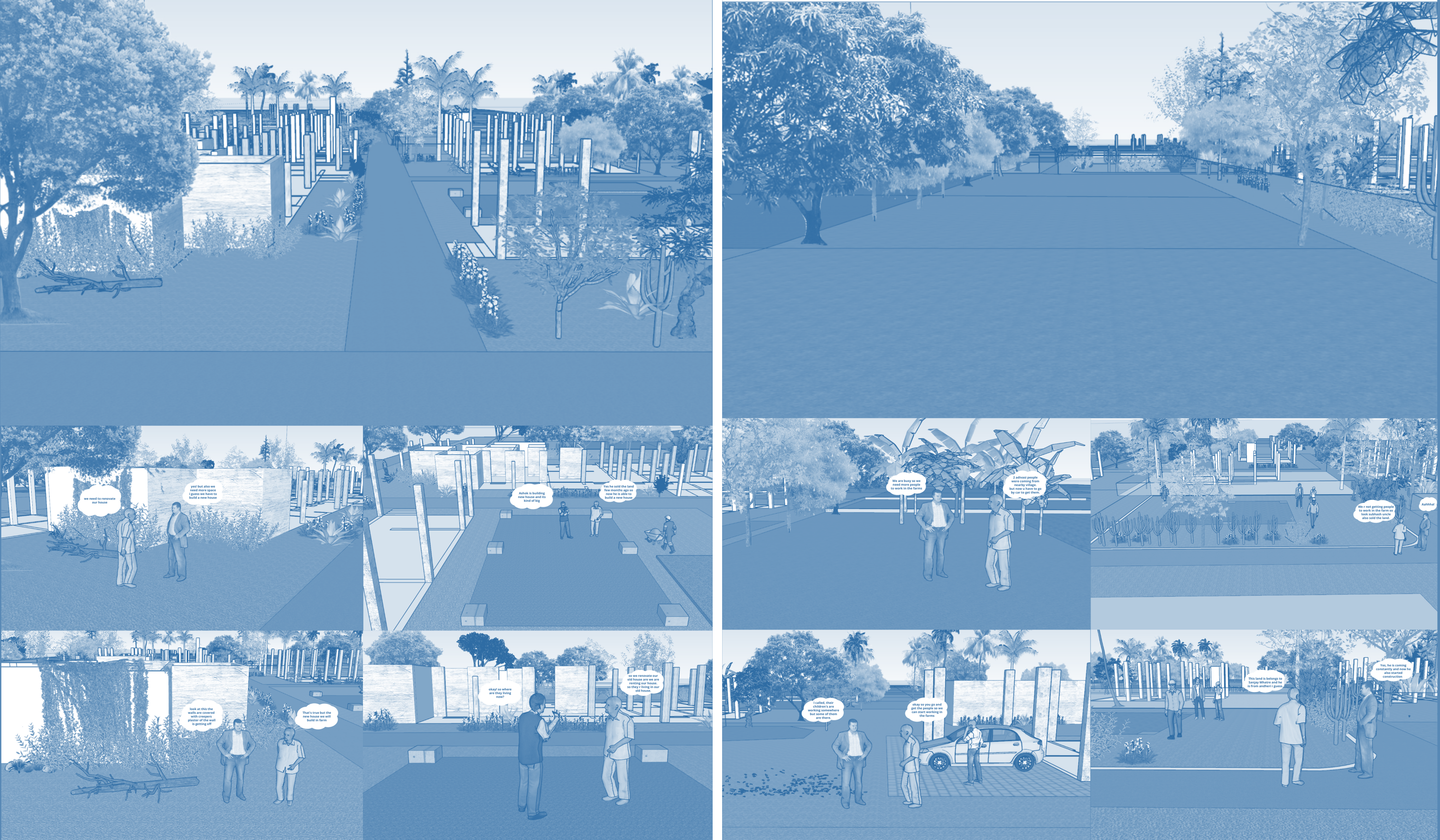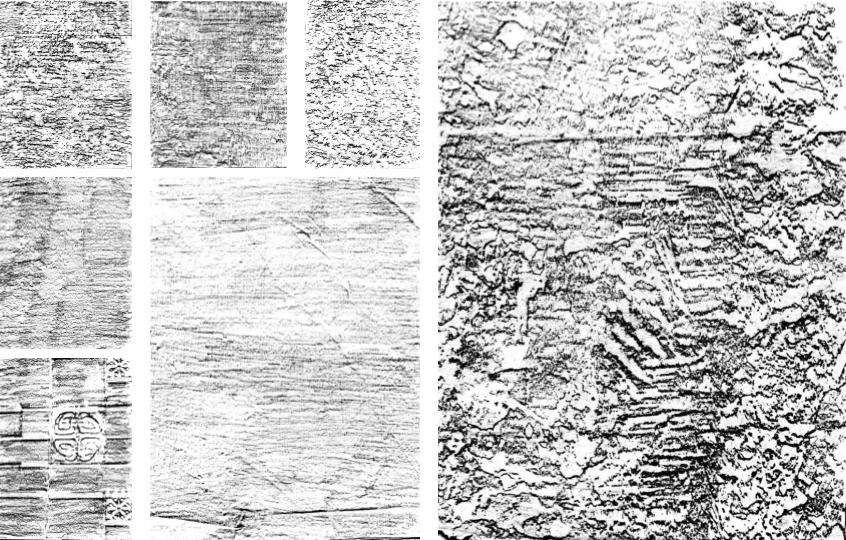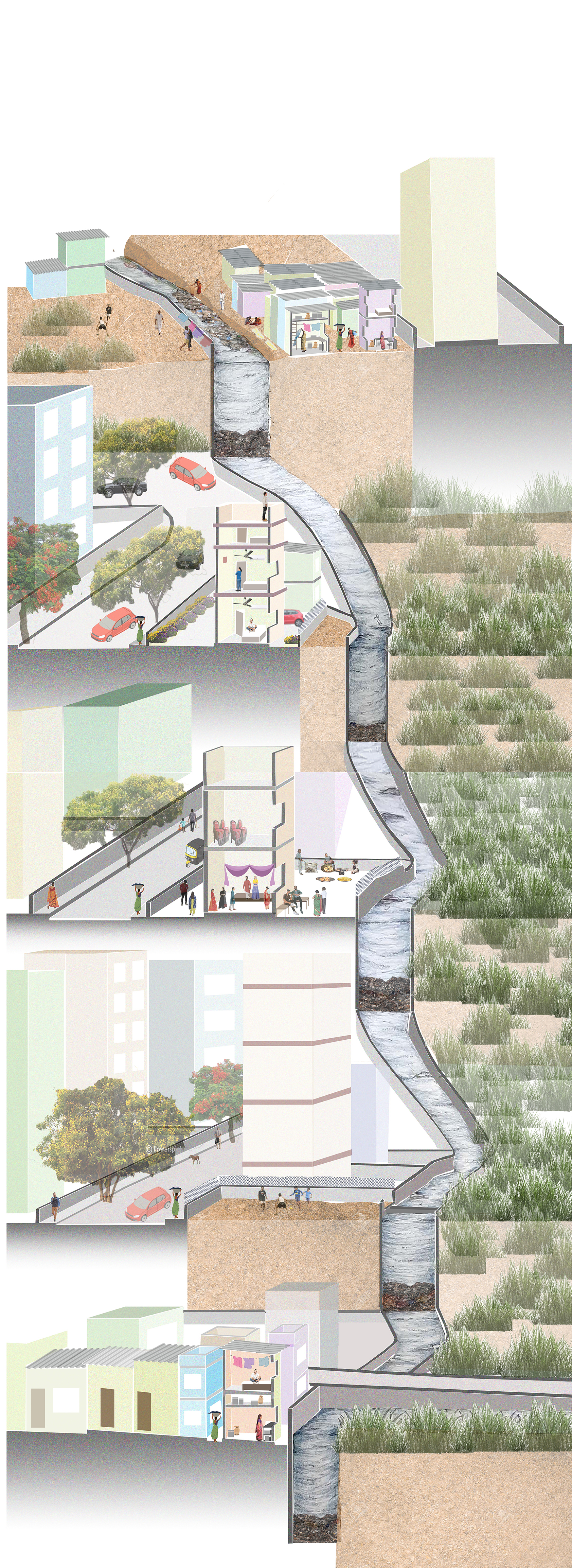
Sail Jathar
Allied Studies, Sabaa Giradkar
Environment as a Practice of Care
Sabaa Giradkar
Environment largely is understood in data, numbers and physics which we do not necessarily experience in our everyday lives directly. What we experience in everyday life is more phenomenological and can neither be escaped. In many ways the everyday is also forced to look through the given data set and newspapers etc, however what goes unnoticed is the lived experience by the mind, body and the soul, which we underestimate or consider insignificant. Hence, through this course of environment as a practice of care we are trying to bring this lived experience in the foreground and see what it has to unfold. The environment here is understood as an external entity formed of intensified extreme conditions emerging mainly due to human interventions but layered with the non-human phenomenon of air, light and water. This environment making can be seen as a web formed through the transfer of forces and energies from one body to the other in linear or nonlinear ways. These everyday extreme environment conditions are in general the unwanted, undesired conditions and demand their dislocation or disappearance from the cities. These sites, more seen as events here having everyday participatory engagement are characterized by the life in and around it, bio-social processes that are learnt or observed around the site and the stories of negotiations that the human and non-human layers have made with the event over the period of time.
The purpose to look at these conditions as events was because these events have various transactional capacities and have lived through multiple states which hold multiple stories of people associating and constantly negotiating with the event. Also this event then holds its place in both time and space.
The course began with a small exercise of sharing story about an object that exists in each one’s house, that came across almost every day but went unnoticed in our observation. Through the weeks we started taking walks around our neighbourhood and each one of us started to engage with one such event that provokes and builds on the discussion around bourgeois environmentalism by drawing careful attention to the life and living conditions (human-non-human) that are generated through or transgressing these events (environments). To understand ideas and politics of bourgeois environmentalismwe read Uncivil city, Ecology, equity and the commons in the city, Amita Baviskar. The book opens up the ideas and formation of the growth and composition of the population and traces the history of the Middle class. It also opens up the ideas of the ‘New Middle Class’ This attention drawing which we have started to develop is seen as a crafted journey for engaging with the intense sites like a nullah, garbage heaps, construction sites, busy traffic road, debris, parking lots etc - something that dominates the site environment by its presence but is seen as unwanted.
The course began with a small exercise of sharing story about an object that exists in each one’s house, that came across almost every day but went unnoticed in our observation. Through the weeks we started taking walks around our neighbourhood and each one of us started to engage with one such event that provokes and builds on the discussion around bourgeois environmentalism by drawing careful attention to the life and living conditions (human-non-human) that are generated through or transgressing these events (environments). To understand ideas and politics of bourgeois environmentalismwe read Uncivil city, Ecology, equity and the commons in the city, Amita Baviskar. The book opens up the ideas and formation of the growth and composition of the population and traces the history of the Middle class. It also opens up the ideas of the ‘New Middle Class’ This attention drawing which we have started to develop is seen as a crafted journey for engaging with the intense sites like a nullah, garbage heaps, construction sites, busy traffic road, debris, parking lots etc - something that dominates the site environment by its presence but is seen as unwanted.


Tejal Patil
 Nisha Shinde
Nisha Shinde Govinda Agarwal
Govinda Agarwal

Neha Dalvi